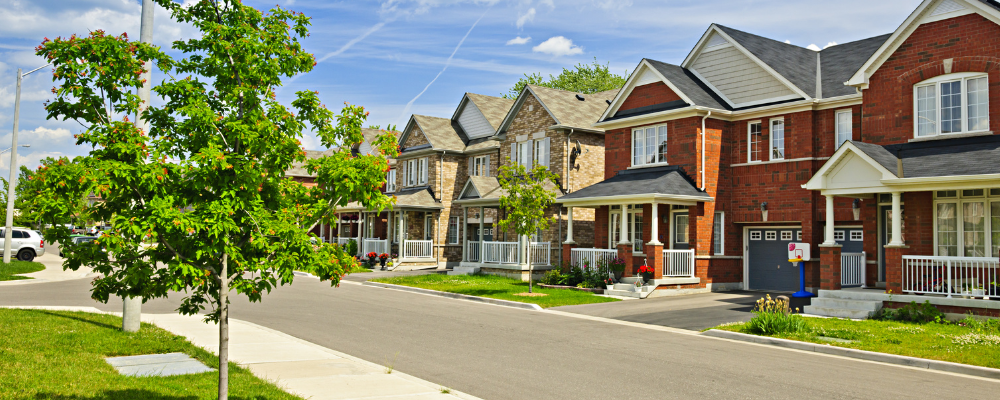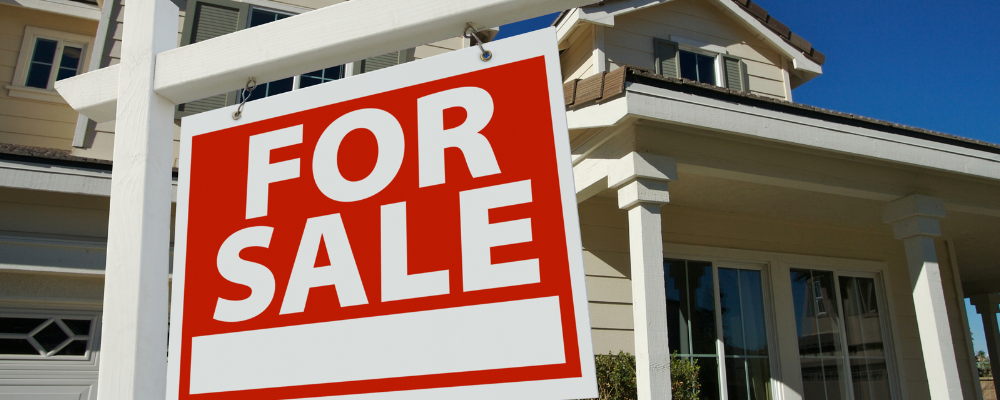The Short Answer
Real estate investing offers various strategies to build wealth and generate passive income, and one popular approach is through fix and hold projects. In essence, fix and hold investments involve acquiring properties, renovating them, and holding onto them for the long term to reap the benefits of rental income and property value appreciation.
Fix and hold loans play a crucial role in facilitating these investment projects, providing real estate investors with the necessary capital to acquire and improve properties. These loans are typically offered by private money lenders who specialize in real estate investment financing, offering flexibility and tailored solutions to meet the unique needs of investors.
Jump To
What Are Fix And Hold Loans?
Real estate investors who are doing fix and hold projects look for properties to repair and renovate, in order to rent them out. The idea is to buy an investment property, fix it up and improve its condition significantly and then hold onto the property for the long-term, to generate a rental income.
Fix and hold loans allow real estate investors to participate in this investment strategy. These loans are typically provided by private money lenders who can be more flexible on real estate investing loans, and one of the biggest drawcards is that they often only require a 10% down payment for fix and hold loans.
Fix and hold loans are geared specifically to real estate investors who aim to keep the investment property for a longer period of time and rent it out to continue growing the property’s value over time and earn a rental income. Fix and hold loans are not aimed at investors who would like to sell the property shortly after fixing it up, to make a profit.

Fix And Hold Loan Requirements
The requirements for fix and hold loans vary, according to each lender. However, there are some requirements to consider that will be applicable in most cases. These include the investor’s level of experience, the type of property, an investor’s credit score, the Loan To Value Ratio, the down payment, and the investor’s financial capacity to pay back the loan.
Requirement 1: Investor experience
An investor’s experience in the particular real estate investing strategy can be a key factor in loan approval. Some lenders may require a few years of experience in real estate investing, particularly with renovating properties and renting them out. While other lenders may not require any experience. It’s a good idea to check with the lender upfront, whether they have any experience requirements so that you can meet these if you need to.
Requirement 2: Type of property
Similar to a fix and flip loan, the type of property that an investor plans to purchase and renovate is typically a consideration for lenders. For example, some lenders would provide loans to residential properties of 1-12 units, condos and townhomes only. Whereas other lenders may limit this to only condos or only townhomes.
Requirement 3: Credit score
While fix and hold loans may be more flexible than a traditional mortgage, a good credit score is still advantageous. Lenders may look for a credit score of at least 660, but higher scores can lead to better terms and lower interest rates.
Requirement 4: Loan To Value (LTV) Ratio
Lenders typically have a ceiling on the LTV ratio that they will accept, as part of their fix and hold loan requirements. The maximum LTV ratio that most lenders will accept on these loans is between up to 80%. The LTV ratio determines the amount of the loan relative to the property’s value. Lenders will determine the maximum LTV ratio for their fix and hold loan requirements based on the condition of the property, along with the borrower’s creditworthiness which will indicate their likelihood of being able to pay back the loan.
Requirement 5: Down Payment
Unlike other real estate loans, fix and hold loans typically only require a 10% down payment, instead of a 20-25% down payment that would often be required on a fix and flip loan. This is largely due to the fact that the risk taken on by lenders with fix and hold loans is lower than the shorter-term real estate loans. As such, lenders don’t need as much capital to be put down upfront by investors.
Requirement 6: Income and assets
Lenders who provide fix and hold loans will evaluate a borrower’s ability to cope with the loan financially. This involves analyzing a borrower’s income and assets, to ensure that they have the financial capacity to make their monthly loan repayments. Borrowers may need to supply bank statements, proof of income, tax returns and other documentation that is relevant.

How To Apply For A Fix And Hold Loan
Applying for a fix and hold loan is similar to the application for other real estate loans. Here’s a quick guide:
Step 1: Find the right lender
Researching lenders who provide fix and hold loans is your first step in the journey to getting financed for your fix and hold project. Lenders who specialize in financing real estate investment projects, such as New Silver which specializes in fix and flip loan options and more, are a good place to start. Lenders that have experience with fix and hold projects are even better.
Pay close attention to each lender’s interest rates, lending criteria, LTV ratios, down payment requirements and their reputation. Make sure that the lender is reliable and that their lending criteria fit with your investment goals and financial capacity. Then choose the loan type that best suits your needs.
Step 2: Prepare your documents
The next step is to prepare the documents that your chosen lender requires for the loan application. This may include proof of your income and anything else that may show that you are financially able to pay back the loan. You’ll also need to include information about the real estate deal, such as property appraisals, renovation plans, estimated After Repair Value (ARV) for the property and more.
Step 3: Apply for the loan
Once you have gathered all your documents, you can submit your application. This can usually be done online however some lenders may require the application to be submitted by mail. Once you have submitted your application, the lender will begin the underwriting process which is to determine the feasibility of the loan and the likelihood of the borrower being able to pay it back.
Step 4: Close the loan
If the lender approves your loan application, you will receive a letter from them outlining the terms and conditions of the loan they are prepared to offer you. This will include the loan interest rate, loan term and monthly installments. Once you’ve taken a close look at this, you can begin closing the loan. Be prepared to pay any closing costs that you may need to cover, sign on the dotted line and secure the loan officially.
Step 5: Complete the project
Once you’ve successfully closed your fix and hold loan, it’s time to get to work on your project. You will use the funds from the loan to purchase and renovate the property, according to the strategy you have developed. Once the renovations are complete, you can begin renting out the property or holding it for long-term appreciation.

Fix And Hold Loans vs Rent Loans
A fix and hold loan and rent loan are both used by real estate investors to finance their investing projects. However, the two loan types cover different real estate investments and their purposes are not the same. Let’s take a closer look at the key differences between these loan types:
Purpose: Fix and hold loans are geared towards financing projects where a property is being bought, renovated and then held for a longer period of time to appreciate in value, or rented out. Typically, the properties that are being used in fix and hold projects are undervalued or distressed, and an investor will improve these significantly with repairs and renovations.
Whereas a rental loan is used to finance the purchase of properties that are already in rent-ready condition. The purpose of a rental loan is to provide financing for real estate investors who are buying a property to generate rental income from, or which are already generating rental income.
Loan terms: Fix and hold loans are generally long-term loans with terms ranging from 15 to 30 years. Investors who are purchasing these properties intend to first upgrade them, and then rent them out or hold onto them for many years to generate appreciation in value. On the other hand, rent loans are long term but their terms are typically a little shorter than fix and hold loans, with terms from 5 to 15 years.
Property condition: Fix and hold loans are suited to investors who are finding distressed or undervalued properties that are in need of significant improvements before they can be rented out. While a rent loan is aimed at investors who are buying properties that are ready to be rented, and therefore would only require small repairs or upgrades. As such, this can impact the loan amount and payment terms for each loan in different ways.

Do Banks Offer Fix And Hold Loans?
Fix and hold loans are usually provided by private money lenders that aren’t affiliated with traditional financial institutions, such as banks. These are companies or individuals who lend money but aren’t bound by strict regulations, so they can offer more flexible loan terms and options tailored to each investor.
However, some banks do provide loans that can be used for fix and hold investing, such as renovation loans or buy and hold loans, but they may have more stringent lending criteria. These loans are used for buying properties and renovating them, with the intention of holding of holding them or renting them out. Usually, private lenders offer more tailored loans for this purpose, however.
Final Tips For Buying Your First Fix And Hold Property
- Make sure there’s a market for it: Do your research on the local real estate market where you plan to invest. The first consideration is whether you’ll be able to rent the investment property out easily, and/or whether the property values in the area are appreciating.
- Clearly define your investment criteria: Create a detailed and clearly defined document with your investment criteria. These include the target rental income, investment property type, and your expected ROI. It’s important to work out what you’d need to succeed, so that you can aim for this.
- Do extensive due diligence on properties: Before you commit to purchasing a property, make sure that you’ve done extensive due diligence on it. Inspecting the property for any structural issues, estimating renovation costs, researching zoning laws and regulations, and assessing the property’s rental potential. This will help you weed out the properties that are likely to cost more than they’re worth.
- Determine your costs upfront: To make sure that you plan your finances adequately, work out your costs upfront and compare these with your expected ROI. Factor in the purchase price, closing costs, renovation expenses, and carrying costs (such as property taxes, insurance, and utilities), to get an accurate idea.



